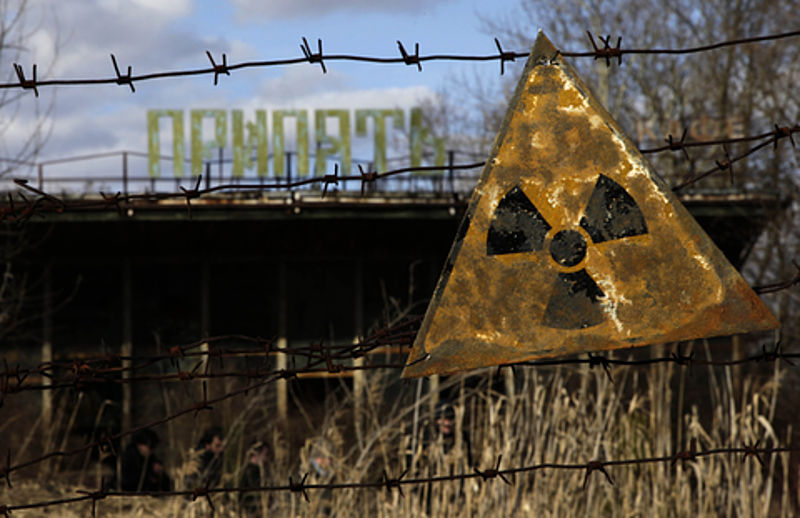Dr. Mousseau, a biologist at the University of South Carolina, has been traveling to Chernobyl and surrounding contaminated areas since 1999. He has closely studied the genetic mutations that have occurred in the plant and animal life since the nuclear meltdown in 1986.
Though dozens of papers, Dr. Mousseau and his partner Anders Pape Moller have reporting evidence supporting the major toll of radiation on organisms. They reported that there was a higher frequency in tumors and physical abnormalities, like deformed beaks among birds, in organisms that live in high radiation areas compared to low radiation areas.
The most recent findings, showed something new. They reported in the journal Functional Ecology that some birds actually adapted to the radioactive environment by producing higher levels of protective antioxidants to minimize genetic damage. Dr. Mousseau stated that for these birds, constant exposure to radiation seems to be a kind of "unnatural selection" driving evolutionary change.
With the studies he has done in Chernobyl, Mousseau is now using that knowledge to predict what will happen to the environment around the Fukushima plant in Japan, that had a nuclear meltdown in 2011. Although Chernobyl and the Fukushima were completely different accidents, both caused radioactive contamination over a wide area. He as already made a few trips to Fukushima and is seeing Chernobyl- like effects in the area surrounding the plant.
" If we find the same sort of dose response in both places," he said, " that provides incredible strength to the hypothesis that it is indeed radiation that is leading to the negative impacts."
Dr. Mousseau does state that it should be a couple of years of more research and analysis until he can be confident about the impact.
http://www.nytimes.com/2014/05/06/science/nature-adapts-to-chernobyl.html

No comments:
Post a Comment